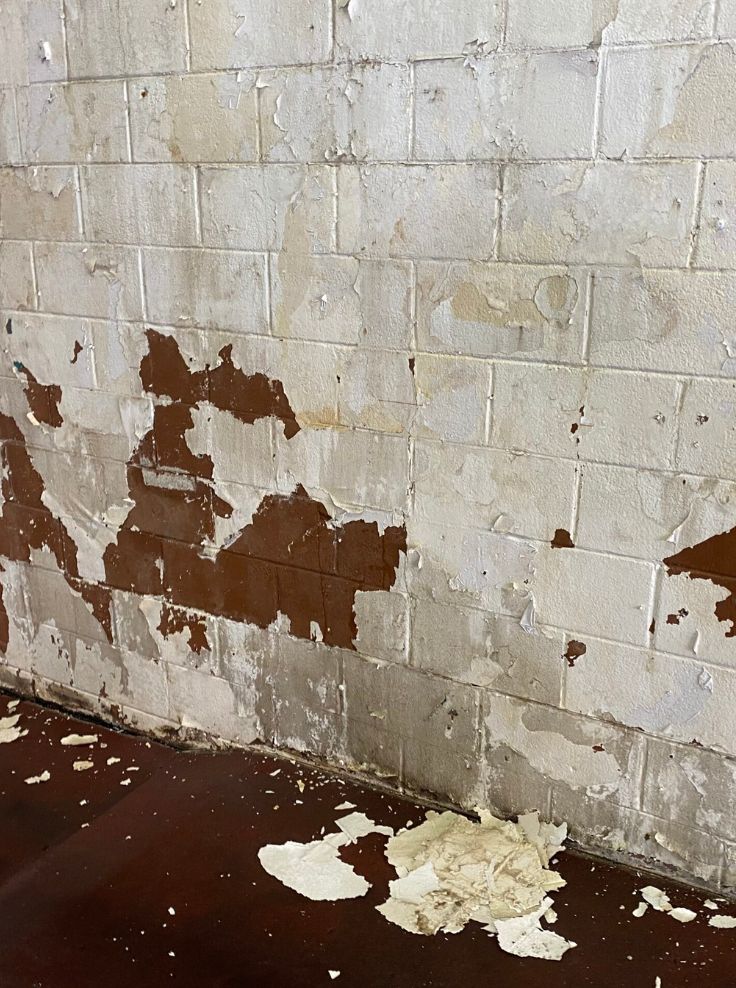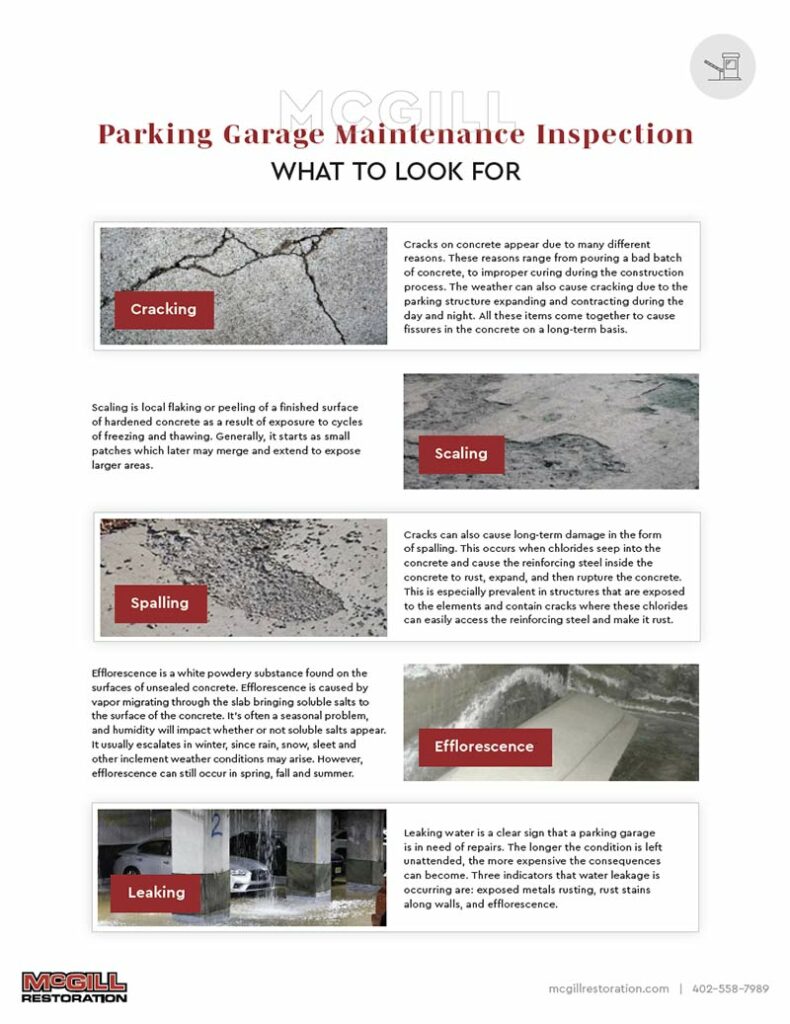Sanishield: Specialized Coatings Engineered for the Food and Beverage Industry
Not all coatings are created equal. The food and beverage industry specifically requires high-performance coatings that are capable of sustaining abuse. Moreover, they must meet USDA compliance standards for incidental contact with food products. Sanishield is raising the bar on coating capabilities and McGill Restoration is the leading partner for applications.
What Makes the Food and Beverage Industry Unique
The food and beverage manufacturing industry is hard on wall and ceiling surfaces. Constant contact from crates, trucks, forklifts, and abrasive equipment requires durable coatings. USDA standards also call for coatings without toxicity.
Facilities in this industry have rigorous cleaning processes that use aggressive chemicals and powerful pressure washers. The efforts to fend off bacteria and contamination at their facilities are critical for food safety. Daily cleaning is especially hard on coatings that provide an essential barrier between various surfaces and the things trying to break down those surfaces.
Finding a protective coating that survives and performs in these conditions is difficult. Coatings are only as good as their application as well. Sourcing installers capable of working in unique conditions and supplying skilled crews is even more difficult.
The combination of PPG’s Sanishield coatings and McGill Restoration applicators is a perfect match for:
- Meat processing facilities
- Dairy transfer stations
- Food processing/manufacturing plants
- Pet food manufacturing plants
There are plenty more and we will dive into a few specific examples below. You will soon realize that skilled applicators combined with Sanishield are the future of coatings in food-safe environments.
PPG Sanishield Product Overview
Before we cover the application process, let’s dive into the coating product. Sanishield was created by PPG, a global leader in paint and coatings development and manufacturing. The company is a major player in everything from high-impact glass coatings to marine-based products, aerospace, new vehicle finishes, car restoration finishes, high value infrastructure protective coatings.
Traditionally, food and beverage facilities used (and many still do use) Epoxy-Urethane Coatings. While these do protect various substrates, they come with key disadvantages.
Long Cure Times – Epoxy-Urethane coatings can take a week or longer to cure. This means facilities must shut down and lose revenue while coatings cure. Many of these facilities run 24/7 and long shutdowns are a major issue.
Vulnerable Joints – Epoxy does not install as a uniform membrane. It has joints that align with various surface joints and seams. These joints and seams create vulnerable spots where caulking must be maintained. If joint sealants break down and water penetrates, bacteria can form and cause sanitation issues in the facility.
Limited Thickness – Even the most robust epoxy products have limited thickness. Commonly 4-8 mils thickness for most standard Epoxy-Urethane coatings which is a fraction of Sanishield Polyurea.
PPG Sanishield 3000 and 5000 is the solution that is replacing dated Epoxy-Urethane coatings in food and beverage facilities. The Polyurea-based material is applied with a dense monolithic flexible primer followed by the critical protective top coat.
Sanishield Polyurea Coating System Offers:
18-hour cure time – Some facilities have even washed and used the surface after 12 hours. Regardless, it cures in a very short window when compared to the alternative.
Sterile, Non-Toxic Product – It’s specifically engineered to meet USDA guidelines for incidental contact facilities. The material is sterile and uses approved properties that meet non-toxic compliance through the USDA.
Monolithic Membrane – As a completely uniform joint/seam bridging coating, there are no seams to caulk and maintain. It’s more cost-effective on the maintenance side and safer for facilities concerned about bacteria forming in gaps.
60 mils thickness – Traditional coatings have a fraction of this thickness. With a thick, monolithic membrane, it’s a superior coating for durability, high-impact resistance and performance.
The advantages of Sanishield are clear in terms of performance and durability. Ultimately, it’s surfacing as a major upgrade for facilities currently using traditional Epoxy-Urethane coatings.
Application of Sanishield Requires Expertise
Being a Polyurea coating, sourcing the right equipment and trained crews is essential. McGill Restoration regularly works on large-scale Polyurea applications. Major DOT and bridge projects are just a few of the complex projects completed.
Very specialized pumps/equipment are used with a mixing chamber adjacent to the nozzle. The mixing is immediate because it cures within seconds of exiting the spray gun nozzle. McGill Restoration crews are already trained with expert pump operators ready to tackle any food and beverage facility application.
Prep Work Is Intensive at Food Facilities
While many of these facilities have excellent conditions for application (no wind, controlled temperatures, dry surfaces) they do require intensive site and surface prep.
During one project for a major food production facility, McGill Restoration took extensive measures to maintain conditions and quality control:
Quarantine the Area – Thick plastic walls were constructed to isolate the work zone from the remainder of the building. Food production was active in the surrounding area and quarantine was mandatory.
Dust Control – HEPA filters were used with ducting to vent all dust and contaminated air to the exterior.
Grinding Surfaces – Blasting would have been more efficient but it also creates more airborne debris. The team used grinders to manually clean and prep all concrete surfaces within the quarantine zone.
Following Strict Protocols – Protective suits were worn by crew members and they were changed each time a person left and re-entered the space. This eliminated exterior contamination from crews as they moved within the facility.
During this specific project, test strips and other environmental monitoring efforts were constant. Outside inspectors also monitored the conditions to prove the contamination controls worked flawlessly.
The standards in food and beverage are extremely strict and McGill Restoration has the resources, experience, and training to execute PPG’s Sanishield installations. Get in touch to discuss your facility and learn more about our capabilities.



